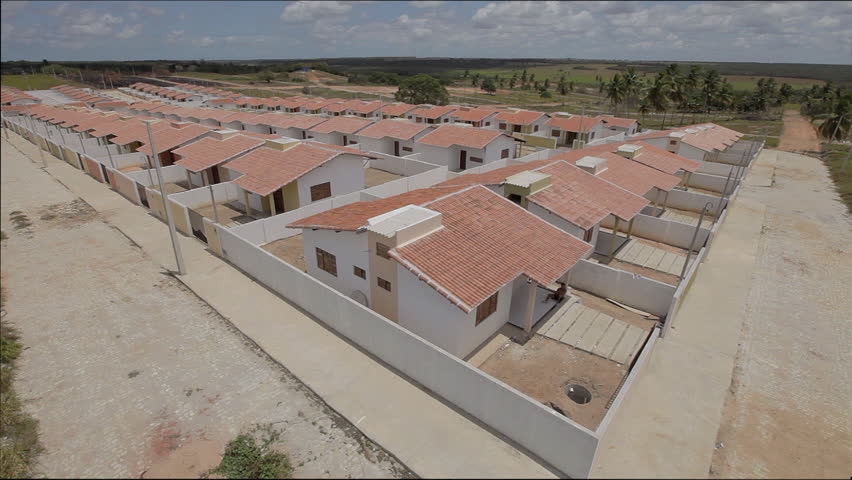By Xiu Ying
RIO DE JANEIRO, BRAZIL – Twenty-five years ago, Brazil started the battle against hyperinflation. The Real Plan introduced the long-running currency and caused inflation to plummet from 916 percent in 1994 to 22.14 percent the following year, one of the country’s greatest achievements, which radically changed Brazilians’ way of life.

In 2019, the Broad Consumer Price Index (IPCA) is expected to reach 3.6 percent. It will be the third consecutive year in which the indicator will be below the target pursued by the Central Bank. In the twelve months to July 1st, 1994, when the new currency began to circulate, annual inflation was running at an incredible 6,433 percent.
If hyperinflation was the population’s greatest enemy until the Plan, two and a half decades later, three challenges stand in Brazil’s way: public accounts, which are in the red and have imploded the government’s investment capacity; the stagnation of the economy, which, according to Central Bank calculations, will grow only 0.8 percent this year; and the scarcity of employment — over 13 million people have no means of earning their living.
Before taming the hyperinflation beast, Brazil went through five frustrated attempts at stabilization, with different economic plans: Cruzado (1986), Bresser (1987), Verão (1989), Collor I (1990) and Collor II (1991). Since the success of the Real Plan, however, inflation never again got out of control. According to economist Marcel Balassiano of the Getúlio Vargas Foundation (FGV), the annual average inflation between 1996 and 2018 was 6.4 percent.
In the Real’s 25 years of existence, monetary stabilization has allowed the inclusion of millions of people into the consumer market, the adoption of crucial macroeconomic management tools, starting with the inflation target system and the Fiscal Responsibility Law (LRF), and the accumulation of US$380 (R$1,520) billion in foreign exchange reserves, which have immunized the country against external shocks. It also eased the development of social programs that, however timidly, allowed the reduction of inequality.

There is no doubt, however, that today, 25 years after the introduction of the Real, Brazil is once again, on the brink of recession, without any response from the government, whose finances are out of control.
Public spending has not stopped growing and has erupted since 2014. Last year, the accounts registered a primary deficit (not including interest payments on public debt) of R$120.3 billion (US$30 billion) or 1.7 percent of Gross Domestic Product (GDP). It was the fifth consecutive year that accounts closed in the red.
The public sector does not have resources available for investments and is running up an explosive debt trajectory. The government estimates that it will reach R$4.3 trillion (US$1.1 trillion) by the end of the year. Inflation control, however, has become a national asset and the basic interest rate, although it remains among the highest in the world, has never been so low: 6.5 percent per year.
If Congress approves the welfare reform, it is conceivable that the Central Bank will reduce the official Treasury interest rate to 5.5 percent per year by the end of 2019.
Source: Correio Brasiliense

